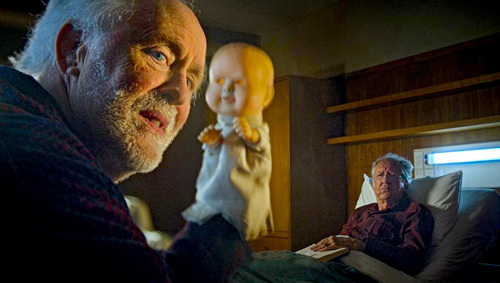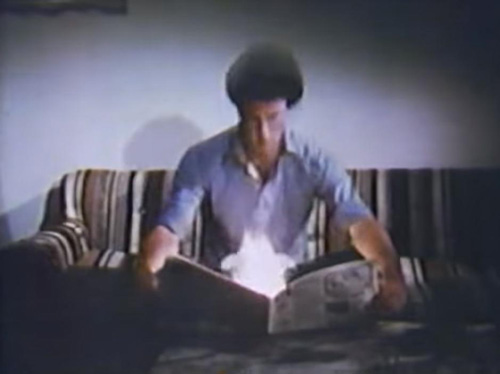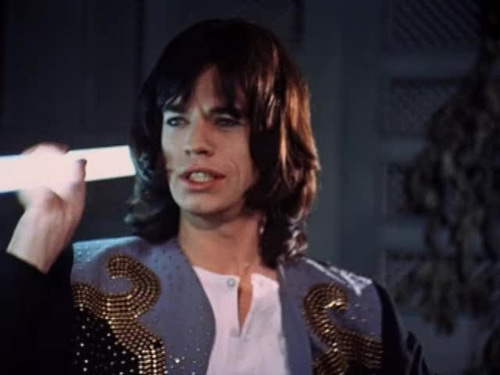
Few things in life frighten me more than the prospect of “life” in a nursing home. (Knock on digital wood.) Sharing a room my freshman year of college was traumatic enough; add the forced fun, failing health and hovering scent of death urine, and I’m filing that under “DO NOT WANT.”
So when a judge (Geoffrey Rush, Mystery Men) earns placement in one following a courtroom stroke, I understand his surliness. Despite his stay’s temporary status for rehabilitation, he’s irritated to be trapped in an environment he can’t control with the tap of a gavel. And that’s before he attracts the ire of longtime resident Dave (John Lithgow, 2019’s Pet Sematary remake).
You know Dave, right? He’s the guy whose arm basically ends in Jenny Pen, the hand puppet of a baby doll with hollow eye sockets. The object’s inherent creepiness is nothing compared to the cruelty it inflicts upon the elderly. Your mileage may vary along Dave/Jenny’s reign of terror, but their particular shenanigans with a catheter gave my willy the willies.
Something within The Rule of Jenny Pen’s bones screams Stephen King to me. In actuality, it’s based on a short story by Owen Marshall, a writer unknown to my brain, but clearly a favorite of director James Ashcroft; the New Zealand filmmaker’s previous feature, Coming Home in the Dark, also adapts Marshall’s prose. (I can’t help but wonder if the source material also ignores why a facility with an investment in keycard entry would have no security cameras. Maybe they overspent on acquiring all the Matt Monro and Gene Pitney LPs?)
Ashcroft’s film doesn’t exactly zip along at the speed of the judge in his motorized wheelchair. Even acknowledging its slow-burn ambitions, I’d argue Rule runs 30 minutes past what the plot allows. But then we’d be denied the scene-stealing whole of Lithgow at his most sinister — even more so than his Emmy-winning run as the Trinity Killer on Dexter.
Even if the picture lacks a payoff as diabolical as the setup demands, it has a lot to say about bullies and the systems that allow them to keep terrorizing their targets. Watch with a morbid mix of fascination and curiosity. —Rod Lott
Opens in theaters Friday, March 7.




